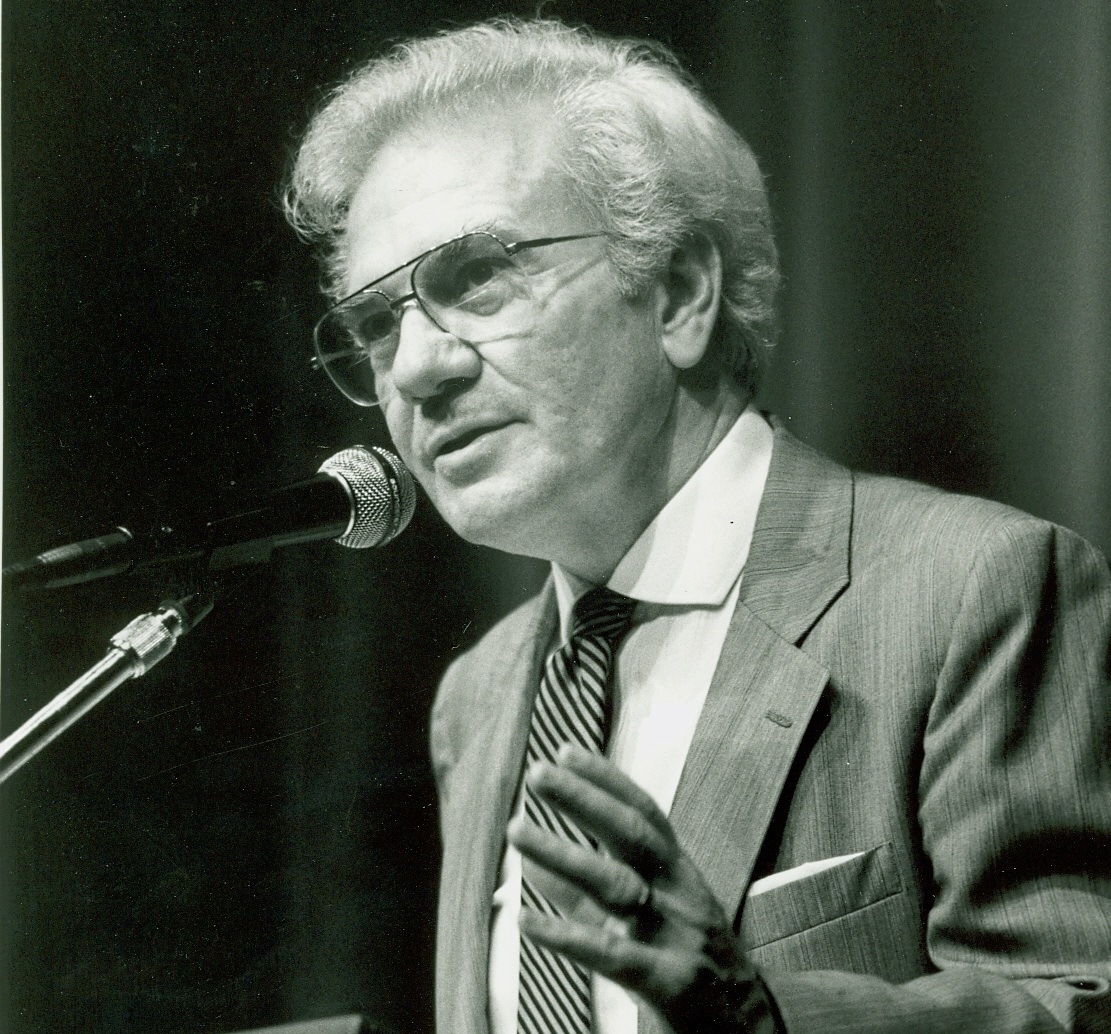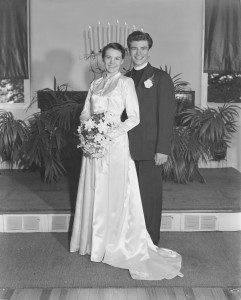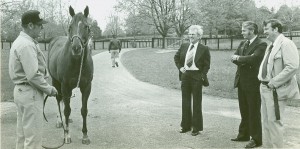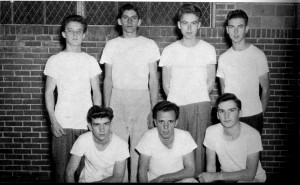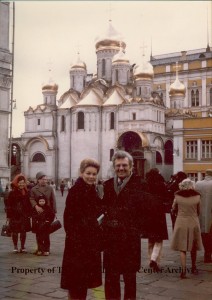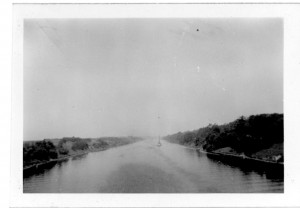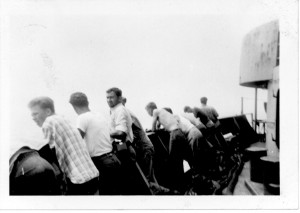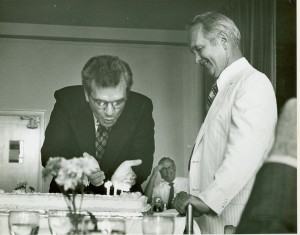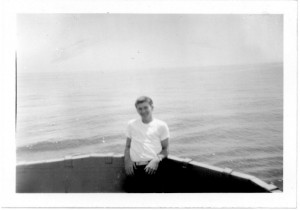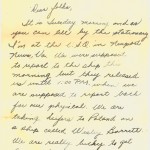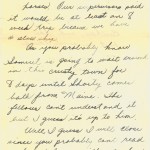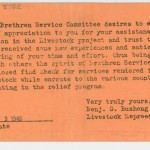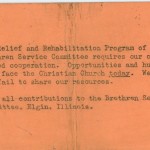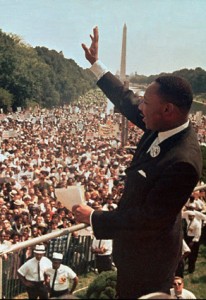
Continue on with Ernie Boyer and the crew of the Wesley Barrett as they set sail once again – this time heading back west. Read the next ten entries and discover how the sea treated the liberty ship on its back to the states.
Tuesday, July 2, 1946 –
It was clear today. Our messman has been sick for several days. The dishes are not washed and the food is not served right. Today we had a showdown. Some of the fellows went to the Captain and others went to Mr. Crist. The cowboys organized and elected a chairman. We set sail about 2:45 P.M. for America. We had a fire and boat drill. We anchored just off the harbor while the ship was searched for stowaways. We entered the Baltic Sea that afternoon and it was rougher than the other time we had crossed it.
Wednesday, July 3, 1946 –
It was clear and warm today. Our messman is finally back with us. We turned our watches back an hour. Expecting to hit Kiel Kanal about 12 A.M. Saw Sweden clearly this morning.
Thursday, July 4, 1946 –
It is a wonderful day. The sun was hot. Around 12 AM we dropped anchor at Kiel and a waterboat came out [and] filled up our water tanks. We entered the Kanal about 7:30 this morning. I thought of the folks at home [and] what they would be doing since this was the “fourth.” Traveled through canal all day and left it about 5:30 P.M. We then entered the North Sea.
Friday, July 5, 1946 –
It was cold [and] windy today. The sea was rough. We are traveling about 13 knots an hour. The slopchest was open today. Not much happened except tonite we entered the channel.
Saturday, July 6, 1946 –
Today was clear and cool. We spent the day coming down the English Channel. We passed Dover [and] her Cliffs about 3 A.M. We saw the shores of England this morning. Turned watches back [and] left the Channel about noon.
Sunday, July 7, 1946 –
It was a clear warm July day. We are now in the North Atlantic. Had our Sunday services at 10 A.M. and Mr. Crist was in charge. We had a good Turkey dinner. I was feeling a little dizzy since the boat is rocking a little more. The slopchest was open for the last time.
Monday, July 8, 1946 –
It was cloudy [and] cool today. We had a discussion period today on God vs Evolution. Had another fire [and] boat drill. Some fellows caused a lot of confusion [and] noise last night by pretending to clean the joint up about midnight [and] waking every one up.
Tuesday, July 9, 1946 –
Cloudy again today. Another day that was almost uneventful except for reading, sleeping, and playing games. What a life.
Wednesday, July 10, 1946 –
It was chilly [and] cloudy again today. Sea was very rough. This makes it bad because we loose time. A notice came in today that the ship was going to Seattle, Wash and then to Hawaii, from there to China. It had the cowboys pretty excited but it is probably just a joke. We can’t be sure where we are going to land since we have heard Boston, New York, Newport News, Houston, Pensacola [and] Baltimore.
Thursday, July 11, 1946 –
It was cloudy [and] chilly again today. The sea was the worst I have seen it yet. The water would come shooting over the bow which is 50 or 60 ft high. The bow would raise about 10 ft out of the water and then plunge in the water to a depth of about 30 ft. Large waves about 30 ft high would roll past the boat and she would really toss. It wasn’t safe to walk across the deck.
Images and journal entries taken from a scrapbook of Boyer’s experience (catalog # 1000 0001 4085).
Part 1. Part 2. Part 3. Part 4. Part 5.
 Officially released last year at a private reception at Messiah College, the memoir chronicles the myriad experiences of the Ernest L. Boyer family. Each chapter focuses on a different house (there are 20 total!) the family lived in and the memories made in those homes. For any scholar of Ernest L. Boyer, Kathryn Boyer’s memoir in memory of her husband expands his legacy even further and widens our comprehension of the man behind the service.
Officially released last year at a private reception at Messiah College, the memoir chronicles the myriad experiences of the Ernest L. Boyer family. Each chapter focuses on a different house (there are 20 total!) the family lived in and the memories made in those homes. For any scholar of Ernest L. Boyer, Kathryn Boyer’s memoir in memory of her husband expands his legacy even further and widens our comprehension of the man behind the service.